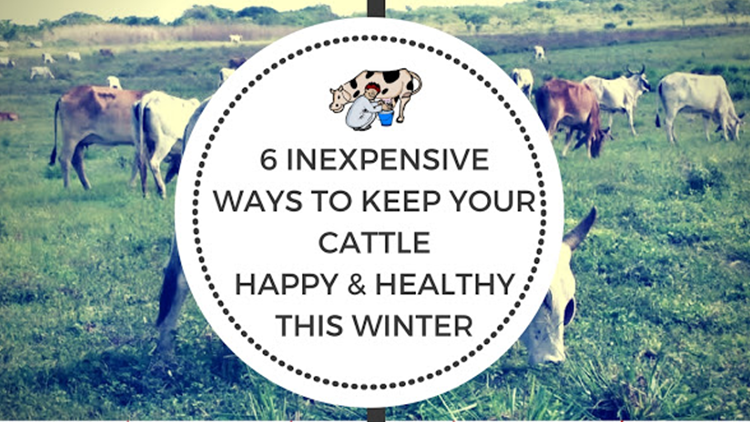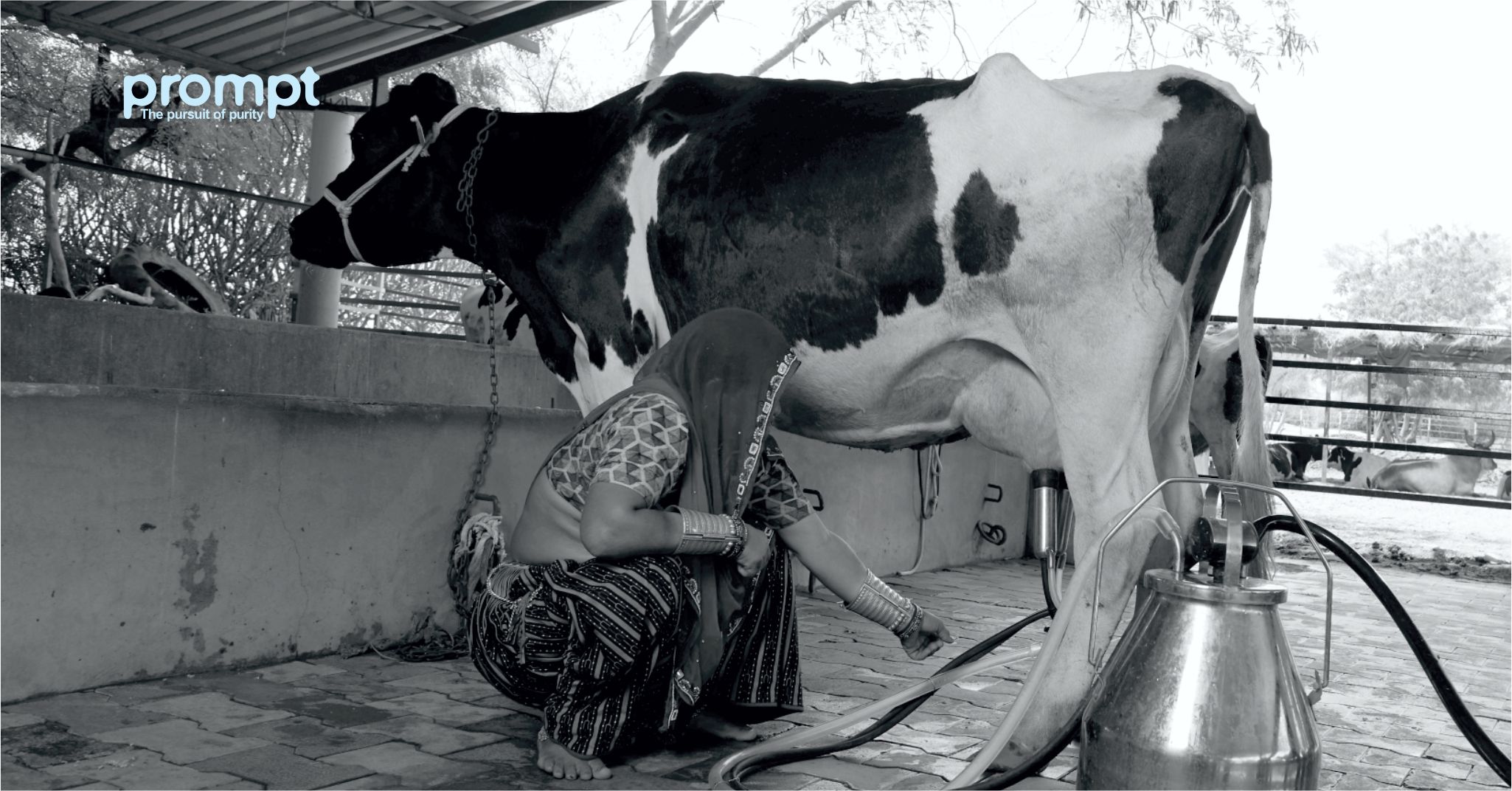Come winter, and the dairy farmers gear up to face the cold of the season. The farm animals aren’t spared either. These are the most affected creatures who ought to be taken care of while they face the brunt the harsh season brings in. Such is the impact that the animals’ energy levels fall, are unable to maintain the required body temperature, and produce less milk as compared to the summers. The intense temperature leaves them stressed out while they struggle to perform normal activities. It is something that the dairy farmers would certainly never want to occur as dairy farming is the primary source of livelihood for most of them. Besides, the entire dairy industry relies on milk produced by these animals to manufacture various dairy food products. They take copious measures to deal with the dearth of milk that occurs during the winter and encourage the use of various dairy equipment and milk software to make the milk collection process easy and quick. However, the frosty temperature need not be a glum time for your cattle. There’re ways you can take care of your animals and the farm efficiently just like you do on the other days. A few handy tips will allow you to keep your cows happy & healthy, and produce more during the freezing temperature.
Arrange adequate water sources
The water resources often freeze during the winters. At times, it becomes difficult to access these resources due to heavy snowfall or mud smeared all over. The dairy animals have a taxing time struggling to get sufficient potable water to keep hydrated. The veterinarians suggest that each day, an animal requires about 4 to 7 liters of water per 45 kg of weight. It derives the fact how important water is irrespective of the season or varying weather conditions. Cattle licking snow or ice doesn’t suffice the water requirement as assumed by the novice cattle keepers. Rather, it slows down the process of generating body heat and energy required to feed and develop.
Consistent water intake by the animals is critical to their health as the dehydrated cattle often call for harmful illnesses like colic. One of the ways to overcome water scarcity is to install water heaters in the tanks to prevent water from freezing. It has to be done very carefully to avert any electrical shocks or accidents. If the heater installation isn’t feasible on your farm, you must arrange an alternative and multiple sources to maintain a regular supply of water to the farm animals. You can keep your cattle in the pink even during the dropping temperatures by securing plenty of water sources ahead of the arrival of the chilly season.
Feed the animals well
The cattle animals are prone to winter diseases especially cold if you don’t feed them as needed. It leads to plunging production of energy, body heat, and temperature—often proving fatal. You can take up any/all of the below solutions to ensure the needed supply of food for sustenance-
1. Plan and organize the required amount of feed before the season arrives. Doing this takes half of your worries away regarding food availability for your animals during the winter.
2. Substitute the traditional feed with the supplements that are high in nutrients. Though it solves the problem of arranging feedstuff which grows scantily during the winters and also provides the necessary nourishment to the cattle; it might prove heavy on your pocket.
3. Reduce the amount of wastage occurring while spreading the hay on the ground. Prefer to pile up enough quantity of hay under a shelter or in multiple hay feeders to ensure all the animals can consume it simultaneously. It enables you to save the feed because when you spread it, nearly half of it goes unconsumed.
4. Availability of green grass for grazing is limited in this season. So, you can plow a field or two of the grass for your cattle to graze upon during the winter. Implement rotational grazing in a section of the field to cultivate grasses growing tall out of the thick bed of snow which the animals can reach and eat.
Arrange suitable shelter
As the temperatures slump, the energy requirements of the animals rise. In the winter season, the animal shelters are built to fulfil a certain set of stipulations which are different from the ones that normally arise during the other seasons. Vast pastureland is available for grazing during the summers providing ample space for moving around. However, this open area becomes unsafe for these animals as the bleak winds during the winters become intolerable for them. While building a shelter particularly for this season, you must ensure the area is enclosed from three sides leaving some space for ventilation keeping the cold to a minimum. You can build the shelter surrounded by tree copses, hills, or shelterbelts that act as barriers to the frosty winds. Also, be alert to the weather forecast that warns you of any foreseen storm. Keep the animals under a shelter or tie them to the barn before the situation arises. You can use cattle software to track the activities of animals and prohibit their movement when necessary.
Keep the mud at bay
The farmers around the world who’ve spent years in managing the dairy farms know that mud is a foe of their cattle. Animals covered in mud, especially their feet, develop infections like foot rot and suppuration due to the presence of the virus in the mud. It also resists animals from keeping warm when muck is all over their body or even if it’s just the feet. Locate all the muddy areas in and around your farm and try to incrust them all with wood flakes, pebbles, or shingles to give a coarse surface texture. Doing this lowers the possibilities of growth of harmful viruses and bacteria, hence, sickness. Besides, the sludge formed out of the overgrazed pastures could be controlled by exercising rotational grazing at the farm.
Look after the pregnant heifers
Pregnant cows are the ones that require utmost care and support during the winters. Closely observe their movements, activities, eating habits, and health to keep a check on their growth. Also, make sure if they require any surplus nutrition supplements and vaccines to keep them hale and hearty through the winter. Segregate the pregnant cows into a separate barn and provide individual assistance. Remember, healthy cows bear healthy calves. Arrange easy access to adequate food and water under a proper shelter that is warm and doesn’t allow much of the cold winds to peep in. Be heedful as their due date draws near to help you be fortified with the necessary equipment for safe delivery.
Set up a comfortable bedding
The winter season creates cold weather, often with temperatures dipping below zero. It is essential to create warm bedding for the animals to relax and cause less stress to them. Sandbed is a good example. Sand doesn’t let the cold air pass through and keeps the heat intact within. Several farmers also install sloped water beds for added comfort. But, that’s optional. You can opt to set up a specific bedding material if the cows are wet.
Round-up
Keeping dairy animals comfortable during the winter holds paramount importance. Regular monitoring and fulfilling their requirements will keep the cattle in fine fettle and enable them to stand the chill of the season with ease. Besides, the season must not be a time of falling profits for you. These handy tips will certainly bring you sufficient revenue, if not double. After all, a dip in the temperature shouldn’t mean the same in your profit, isn’t it?



